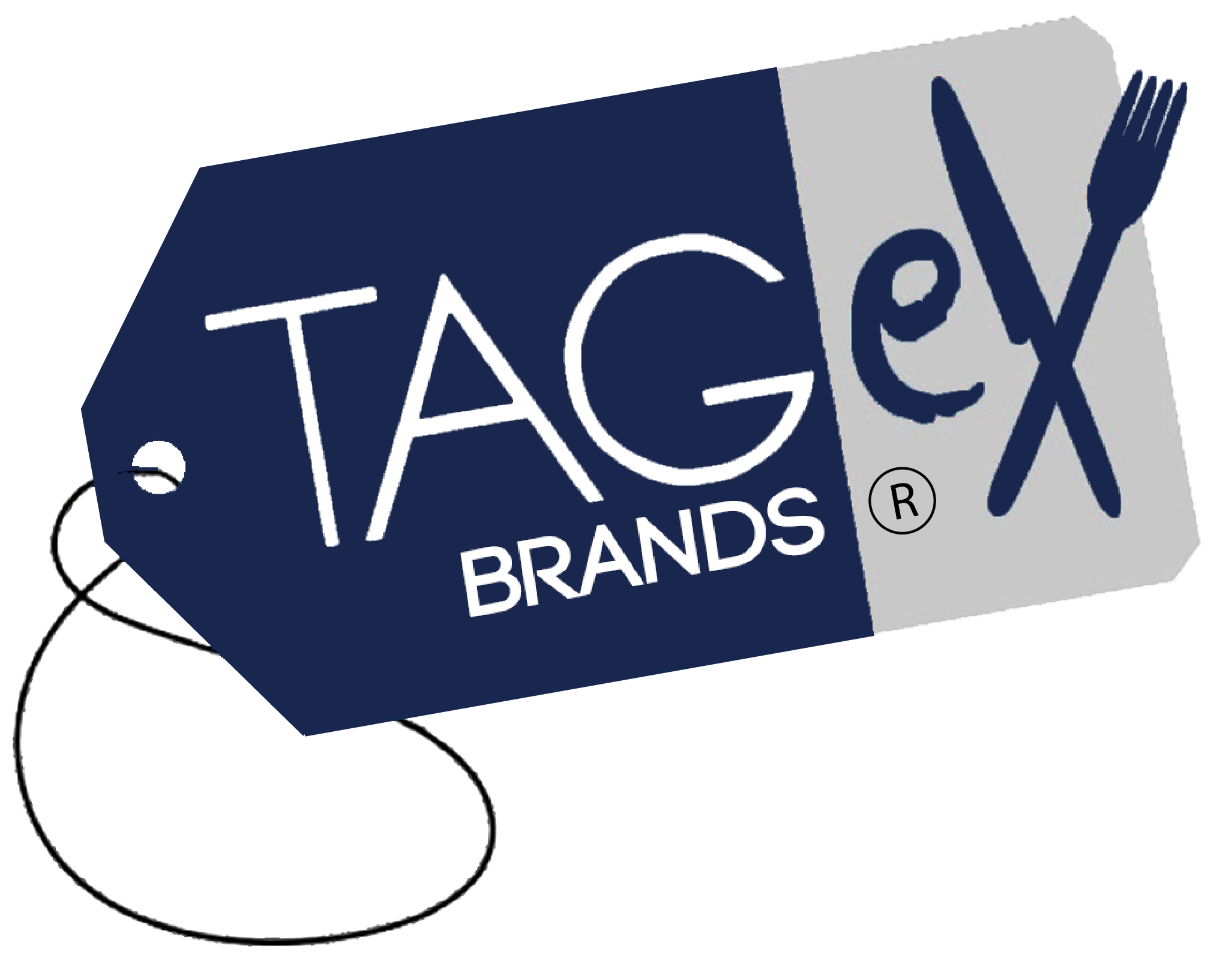More restaurants are looking at used and refurbished fryers and coolers amid shipping delays and to save on the cost to buildout.
By Jonathan Maze | Nov. 17, 2021
Whenever his company, Fransmart, starts working with an upstart restaurant chain, one of the first phone calls CEO Dan Rowe makes is to Neal Sherman.
Sherman is the founder and CEO of the aftermarket restaurant equipment company TAGeX Brands. Rowe estimates that such equipment can cut the cost of a new restaurant by 10% to 20%.
But these days Rowe has to be quick if he wants anything. “The stuff [Sherman] gets goes fast,” Rowe said. “Everybody’s looking. Everybody who is growing at all needs stuff. And we’re all looking for the same stuff.”
As supply chain constraints have caused delays in equipment deliveries, more restaurants are turning to companies such as Sherman’s. The equipment liquidation company is seeing a broader set of clients, including more chain restaurants, and its equipment is moving faster than ever.
“Pre-pandemic, RestaurantEquipment.shop and RestaurantEquipment.bid were getting 1 million views per month,” Sherman said of the websites where TAGeX Brands sells much of its equipment. “Since the pandemic, they went to as high as 1 million views a day.
“We’ve seen an unbelievable increase in traffic and activity.”
The market for new and aftermarket equipment has been one of the many areas that has taken some unexpected turns since the outset of the pandemic.
When governments closed dining rooms in 2020, many expected mass bankruptcies, which would have led to a flood of equipment at sites like Sherman’s and, therefore, dropping prices.
Instead, government rescue plans helped fuel a quicker-than-expected sales recovery and fewer concepts filed for bankruptcy. While there have been plenty of closures, the number was not nearly as large as many predicted.
Meanwhile, the recovery in demand led to a quick return to growth for many restaurants, which led to higher demand for equipment—not to mention many other things. That, plus shortages of drivers post pandemic, has led to significant backups in deliveries of new equipment.
Restaurants have struggled to get in things like fryers or walk-in coolers. The result has led to opening delays and other challenges.
“Supply lines are just a mess,” Rowe said. “It’s slow. It’s harder to get stuff. It takes longer. If you need a piece of equipment and you’re in a hurry, forget it. You wind up even forgetting the price because you want it so bad.”
Unsurprisingly, operators are turning their attention to the after- market in hopes of getting stuff in more quickly and cheaply—the latter of which is important given rising costs for real estate, labor, and food.
TAGeX Brands will liquidate equipment taken from closed restaurants and will also take surplus new equipment, scratch-and-dents, and other pieces. It will then refurbish them if necessary at the company’s headquarters in an old U.S. Army depot in Upstate New York, as well as a regional facility in Dallas. TAGeX Brands then sells that equipment on its websites or through other sources.
For instance, the company liquidated the equipment in the shuttered Souplantation and Sweet Tomatoes chain last year and has moved appliances and other items from a bunch of colleges. “We’ve always had a fairly fast turn of equipment,” Sherman said. “Now it’s within 30 days by the time it comes in, is received, cleaned up and put on the site. Many sales occur from the location.”
Typically, many TAGeX Brands buyers are independents looking to keep those costs low. And much of what TAGeX Brands brings in comes from chains that are closing locations, replacing equipment, or getting rid of surplus.
But, since the start of the pandemic, Sherman said, more of those chain restaurants have turned into buyers.
Sherman said there has been a consistent flow of equipment in as chains remodel and replace items. He also said his company has been able to take up surplus inventory around the country and get it pretty quick.
The price for such equipment, however, has taken off—particularly on the company’s auction site. But Sherman says it remains a deal compared with new equipment, especially given how much that costs these days. “It’s still a huge value versus buying something new,” he said.
Rowe said that a restaurant using used equipment can typically save 10% to 20% on startup costs, which results in 20% to 50% more return on investment. “It’s worth it,” he said.
The big drawback is availability and fit. Rowe said if the product is available, it can be delivered in a day or so. If not, then “you’re stuck going the new route.” And the wait is a lot longer.
Article source: https://www.restaurantbusinessonline.com/financing/supply-chain-slows-demand-aftermarket-equipment-takes
